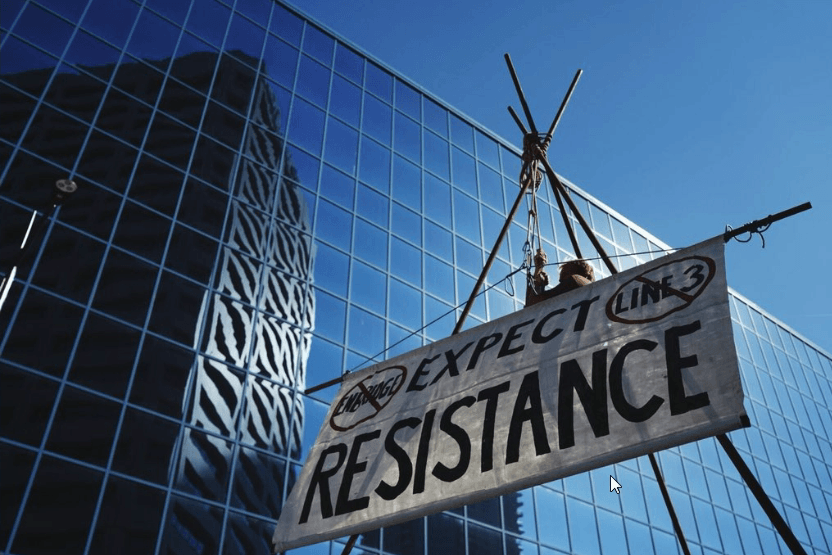Line 3 still has regulatory ground to plow before bringing in bulldozers

Ben, a Line 3 pipeline opponent who only wants his first name to be used, hangs from a tripod in the middle of a downtown St. Paul street, just outside the Public Utilities Commission offices June 28, 2018.
Evan Frost | MPR News File
Go Deeper.
Create an account or log in to save stories.
Like this?
Thanks for liking this story! We have added it to a list of your favorite stories.


